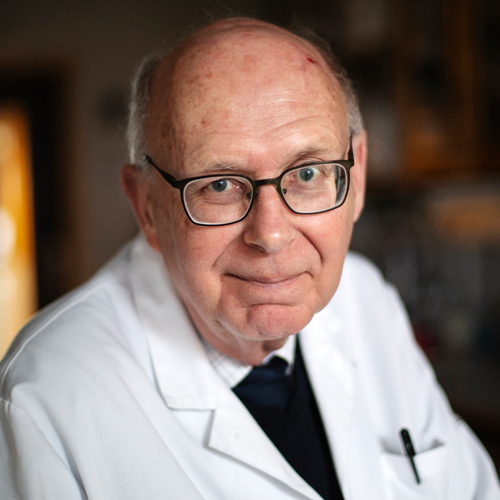Arpad Szallasi
Scientific Advisory Board

Arpad Szallasi is a leading expert on the roles of TRP channels in health and disease. He was the first to provide a biochemical proof for the existence of the vanilloid (capsaicin) receptor, now known as TRPV1. Currently, he holds an Associate Professor position at the 1st Department of Pathology and Experimental Cancer Research, Semmelweis University, Budapest, Hungary.
His research focuses on targeting of TRP channels for therapeutic purposes, with special emphasis on pain and inflammation.
Arpad Szallasi obtained his MD degree Summa cum Laude from the Medical University School of Debrecen, Hungary (1984). He received his PhD degree in Pharmacology from the Karolinska Institute, Stockholm, Sweden (1995).
Arpad Szallasi held several research positions both in academia (Karolinska Institute, Washington University, St. Louis, MO) and industry (Menarini Ricerche Sud, Pomezia, Italy) before pursuing a carrier in diagnostic pathology. He is a diplomate of the American Board of Pathology. He completed his residency training in Anatomical and Clinical Pathology at the Washington University School of Medicine, St. Louis, MO program (boarded in 2003), followed by a Fellowship in Hematopathology at the University of Pennsylvania (boarded in 2004).
Arpad Szallasi is a past President for the New Jersey Association of Blood Bank Professional and a former medical advisor to the American Red Cross.
Arpad Szallasi has published close to a 150 research papers and invited reviews on the roles of TRP channels in health and disease, including three papers in Nature Reviews Drug Discovery. These publications were cited over 12,000 times (h-index of 51). He also edited four books and a number of thematic issues on TRP channels.
Arpad Szallasi holds four US patents on the use of resiniferatoxin for therapeutic purposes. He has served as a scientific advisor to several biotech companies, and was involved in the development of four TRP channel antagonists advanced into clinical trials.







